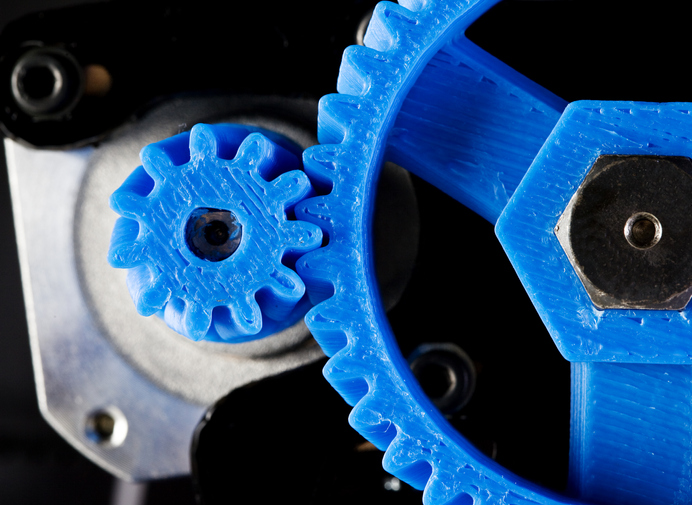Companies are always looking for ways to cut costs while improving efficiency in production. Aside from common practices such as cross-training, routine maintenance and optimized schedules, one tactic manufacturers have begun exploring is replacing metal components with plastic alternatives. The rise of additive manufacturing is making it easier to fabricate incredibly specific plastic components faster and more customized than their metal counterparts. When considering metal components or plastic components in manufacturing, keep some pros and cons in mind.
Pros of Metal Components
The majority of machinery runs on metal components and was designed to be built around metal components. That familiarity and commonplace practice makes it much easier to find replacement parts of one happens to need replacing. Some other pros of metal components are:
- Higher tensile strength than plastic
- Better heat resistance than plastic
- Cheaper in high volume and long-term production
- Easier to clean
Cons of Metal Components
Manufacturing metal parts regularly means relying on heavily taxed metal suppliers. Absorbing the cost of raw materials is reflected in a higher price per part, making it more difficult for businesses to justify buying expensive pieces. Some other cons of metal components are:
- Longer post-fabrication finishing, such as deburring and painting
- Harder to machine if emergency modifications are needed
- More difficult to create complex pieces due to certain metal viscosities
Pros of Plastic Components
One of the biggest benefits of using plastic components is the ability to fabricate entirely new parts that combine multiple pieces into one molded part. Most metal pieces need to be individually fabricated and welded together, but plastic parts can be intricately designed from the start. Some other pros of plastic components are:
- Lightweight
- Easier to form and highly malleable
- Fewer parts = less assembly time
- Resistant to chemical reactions such as oxidation or corrosion
- Easier to machine and very malleable
- Reduced finishing time for paint or other post-treatment processes
Cons of Plastic Components
Despite their lightweight design and customization opportunities, plastic components are not without flaws. For example, polypropylene can start to degrade if it’s exposed to extreme temperature. This would likely cause the rest of a machine to need recalibration so as not to harm the polypropylene part. Some other cons of plastic components are:
- UV inhibitors needed to prevent cracking and discoloration from prolonged UV exposure
- Limited resistance to heat and acidity
- Generally weaker in structure than metal
Ultimately, whether to choose plastic or metal components comes down to the job you’re trying to perform. Certain operations are better suited for metal parts, such as drilling or milling, while other operations could perform just fine with a plastic part, such as gear assemblies and presses. Take the time to assess your entire production process from beginning to end and see where plastic components might make sense for the job. Do you utilize any plastic components at your company? How do you think they compare to metal parts? Let us know in the comments below.
